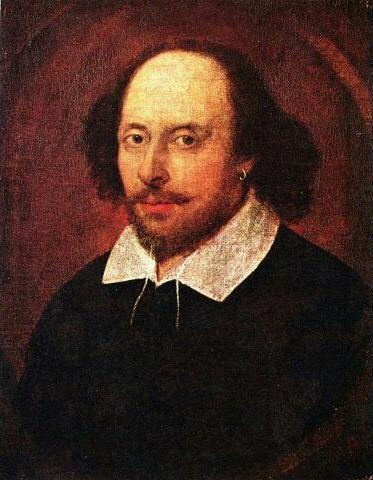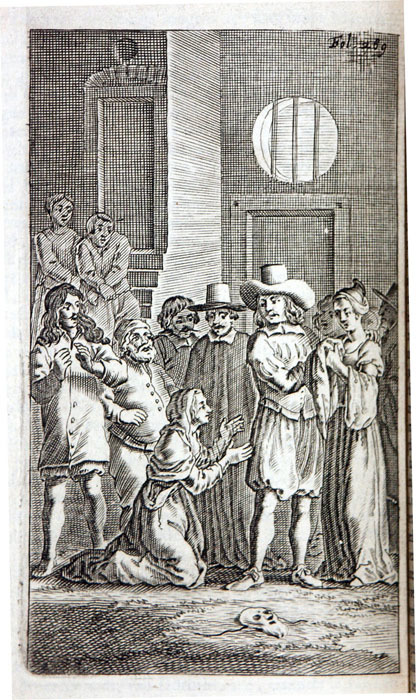Cardenio: A Connection Between Cervantes and Shakespeare
The popularity of the first book of Don Quixote increased directly after its publication in 1605, spreading around the world. Thomas Shelton translated the first part of the novel into English in 1607; Edward Blount published the translation in 1612 in London (Knowles 168). William Shakespeare and other English-speaking contemporaries could gain access to Cervantes’ novel for the first time. The positive reception of the novel inspired the writing of a play, The History of Cardenio, that was eventually attributed to Shakespeare and John Fletcher in 1653 (Chartier 77). This adaptation, performed in London in either 1612 or 1613, was based upon the Cardenio episode appearing in the first part of the Quixote novel. However, there is no surviving manuscript of the play; it is lost.
The Cardenio story appears in a few chapters of the novel, beginning in Chapter XXIII. The story lent itself to becoming a play because of the theatrical elements of tragedy and comedy present in the episode (Chartier 22). During their travels, Don Quixote and Sancho encounter Cardenio wandering through the Sierra Morena. Cardenio tells the knight errant and his squire his tragic story of love. Cardenio loved and intended to marry Lucinda, but when he is sent away to work for a Duke, the Duke’s son Don Fernando also falls in love with the beautiful woman. Don Fernando however, had already promised to marry Dorotea, the daughter of a farmer. Don Fernando decides to marry Lucinda while Cardenio is away; when Cardenio returns he is betrayed and runs away to the Sierra Morena. Eventually, Cardenio and Lucinda are reunited, as are Dorotea and Don Fernando.
As with much of Shakespeare’s work, there is debate about whether or not Shakespeare actually wrote the play. Because there is no surviving manuscript, the question of authorship is complicated further. However, collaboration between Shakespeare and Fletcher is not an unsubstantiated claim (Chartier 91). The influence of Don Quixote on England proved an inspiration for a playwright because The History of Cardenio is based directly upon the Cardenio episode. The popularity of Don Quixote did not only make its mark upon literature, it also became a part of everyday language. “Quixote” became a term to describe people who were “as mad and reasonable as the knight errant” (Chartier 94). The mystery surrounding the play mirrors the enchantment in Don Quixote. The reception of Don Quixote in England created quixotic narratives throughout drama and literature beginning during the 1600s.
-- Malin Ehrsam
Works Cited
Chartier, Roger, and Janet Lloyd. Cardenio between Cervantes and Shakespeare: The Story of a Lost Play. Cambridge: Polity Press, 2013. Print.
Knowles, Edwin B. "Thomas Shelton, Translator of Don Quixote." Studies in the Renaissance 5 (1958): 160-75. JSTOR. Web. 02 Nov. 2015.


